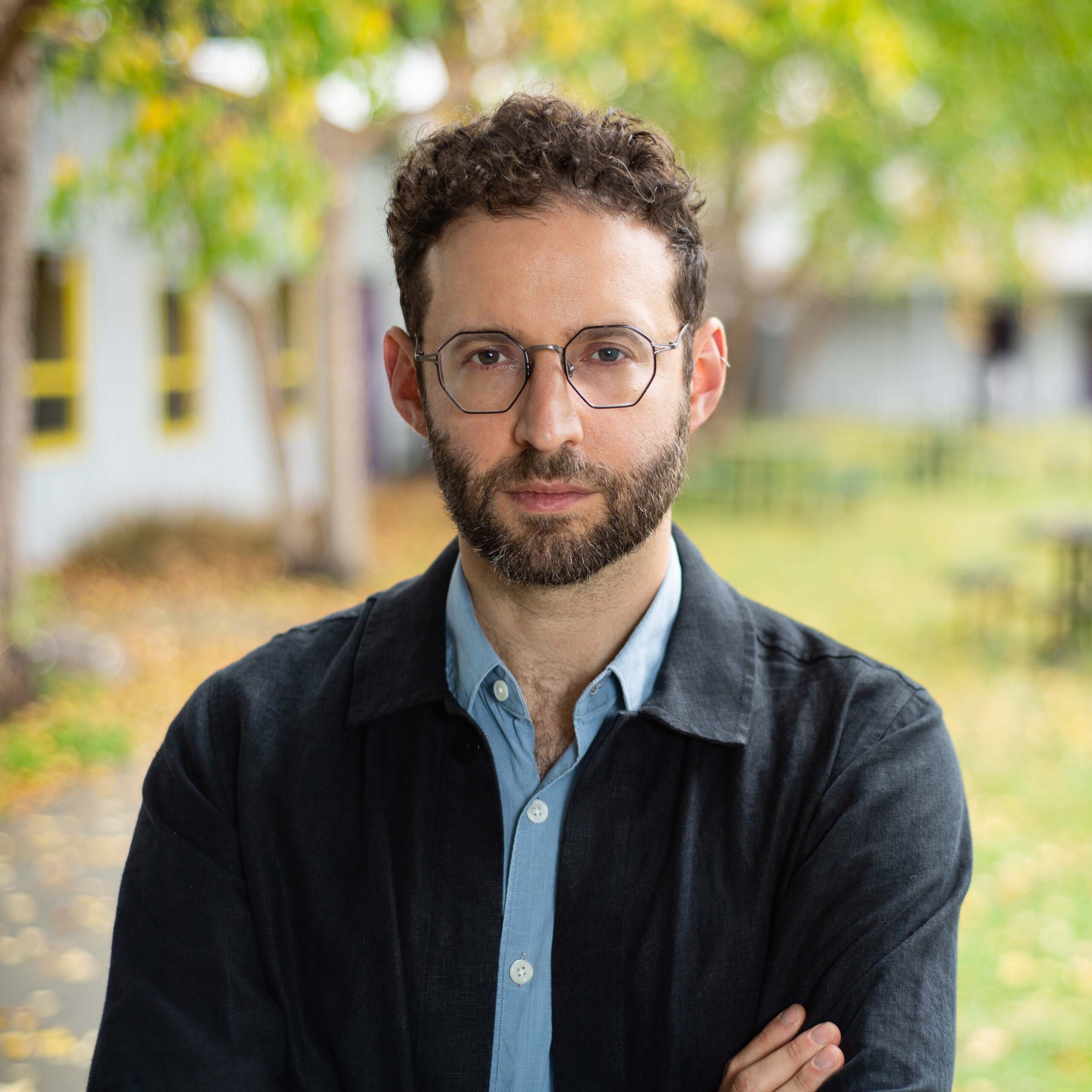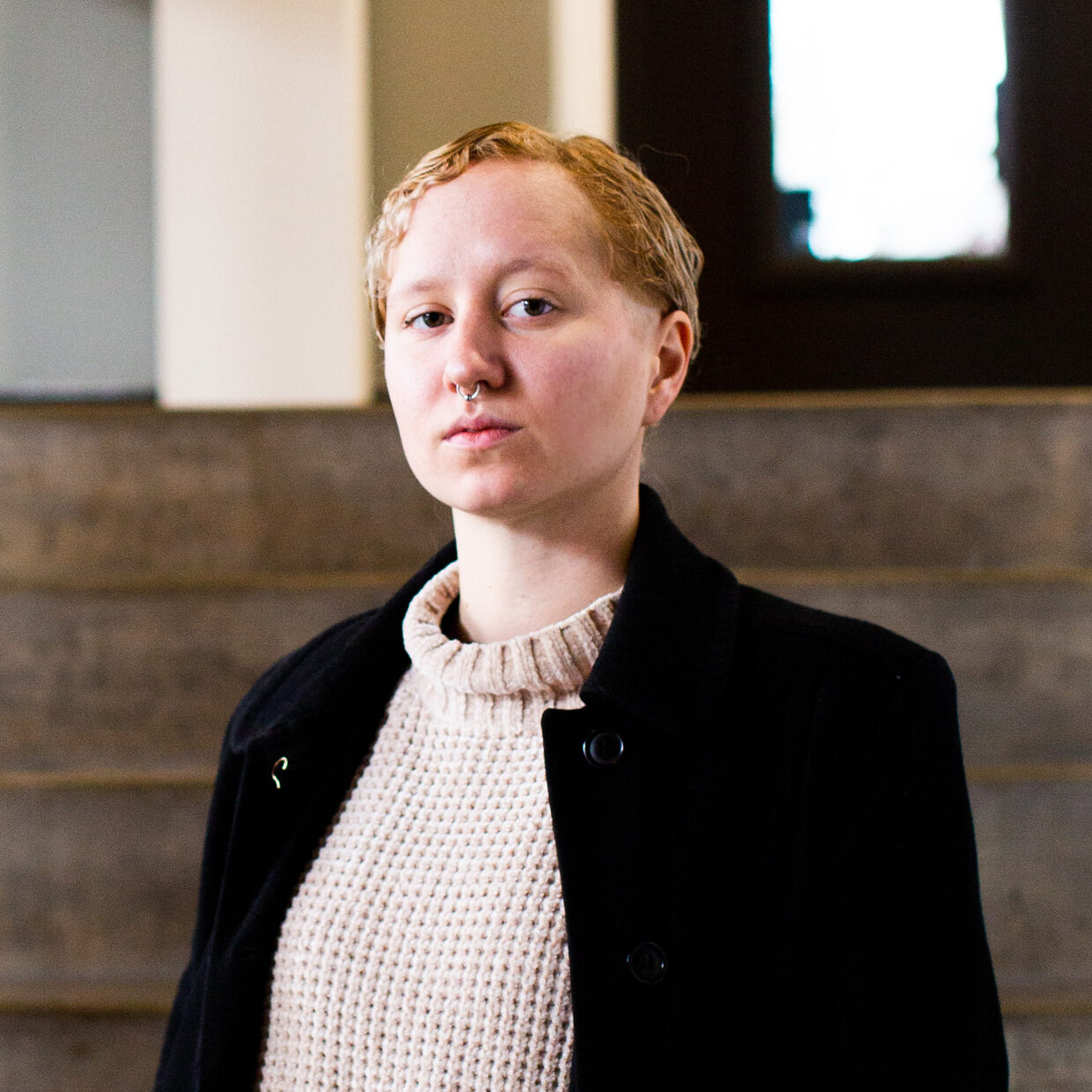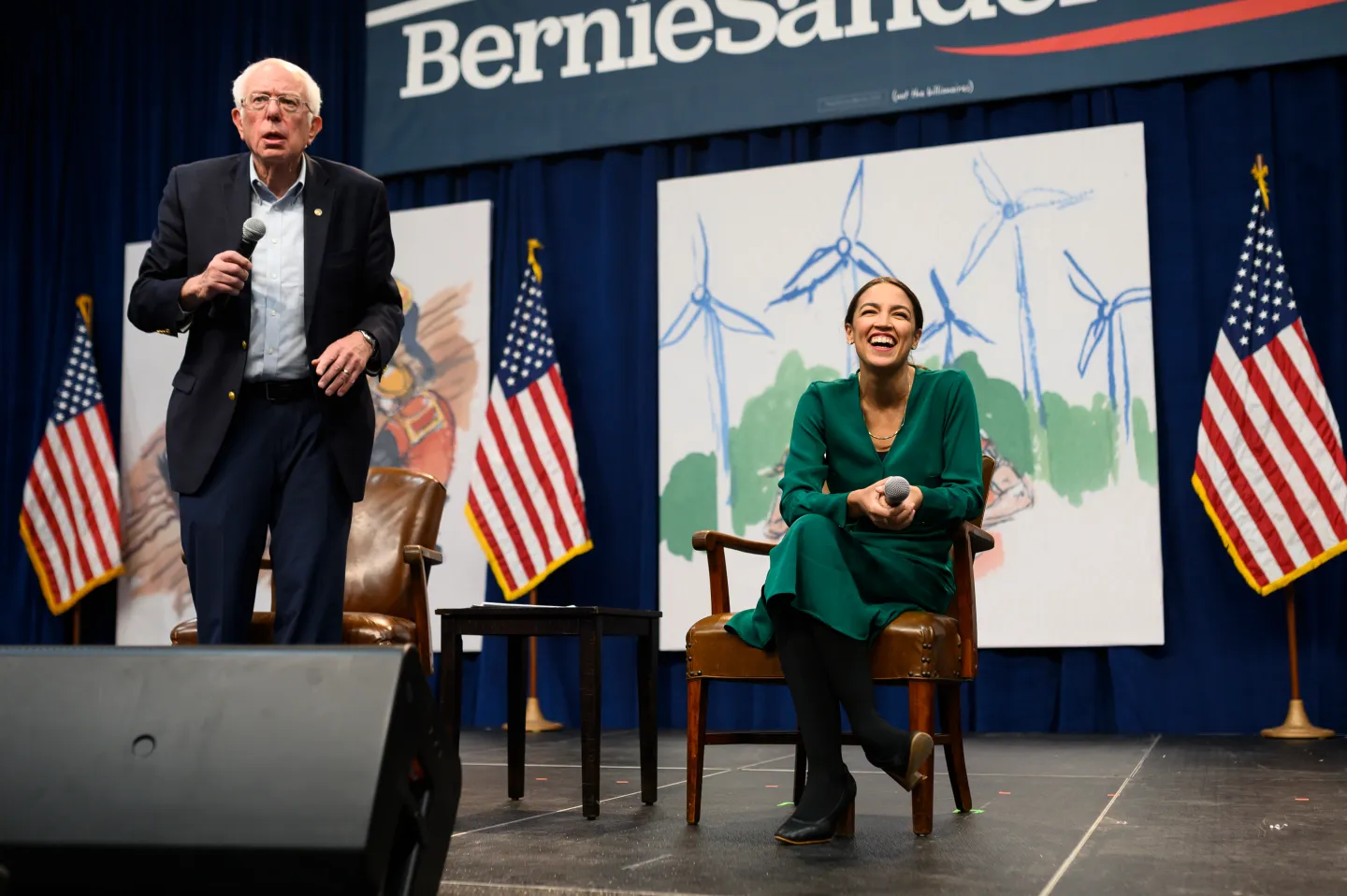A Green New Deal for Public Housing
Delivering racial, economic, and climate justice
We need a Green New Deal for Public Housing. We need a massive federal investment that would finally provide American public housing communities with healthy, comfortable, energy-efficient homes—fighting racism, unemployment, the housing crisis, and the climate emergency at the same time and in the same places, and building out badly needed green community infrastructure. Yes, this will be expensive. It will also meet all the key conditions of President Biden’s Build Back Better Vision, while providing a slew of health, social, economic, and climate improvements.
A Green New Deal for Public Housing would deliver massive health and economic benefits to disadvantaged communities, including in Indigenous nations, in keeping with the president’s Justice 40 policy mandate to deliver 40 percent of climate investment benefits to disadvantaged communities that have suffered most from racism, disinvestment, and pollution; it would save public housing, a cornerstone of the country’s endangered affordable housing stock; it would turn public housing into green community infrastructure that raises the living conditions of those entire communities, providing resilience against extreme weather during crises, and community services every day; it would train a new generation of union workers in the green building industries, creating good skilled jobs in the communities that suffer most from unemployment today; it would breathe life into the American manufacture of green buildings materials and appliances; it would remove all lead, mold, and other toxins from public housing to help remediate environmental racism and racial health disparities; it would repair elevators in all public housing, meeting the basic needs of disadvantaged community members, including those with disabilities; and it would repeal the Faircloth Amendment, allowing towns and cities across the country to build new, green, healthy public housing. We know how to do this.
In Europe, healthy, green, energy-efficient renovations of existing public housing, and projects to build new public housing, are winning some of the world’s most prestigious architecture awards. And in cities across North America, we’ve seen all kinds of new and retrofitted green affordable housing develop. The most sustainable building is a building that has already been built; we must make the most of what we already have, while also expanding with construction of new, green, affordable housing. The world already has the policies, technologies, and labor skills needed to provide American public housing residents with a splendid quality of life, while developing a green building economy that fights climate change. Instead, the federal government has scandalously neglected public housing, leaving it with tens of billions of dollars in repair backlogs, leaving residents in horribly unhealthy conditions, and maintaining the most energy-inefficient housing in the country. It’s past time for the federal government to invest in public housing at the level needed to catch up to the rest of the rich world—and even do better, inventing distinctive new models of healthy, green public housing. Renovating and beautifying American public housing will create gorgeous green community infrastructure with broad public appeal and benefit.
In 2019, many of this report’s authors, working with the Socio-Spatial Climate Collaborative, or (SC)2, the McHarg Center on Urbanism and Ecology, and Data for Progress, analyzed all the existing information [FJ1] [CDA2] on the likely costs of delivering truly healthy, truly green, and truly climate-friendly retrofits to the nation’s one million public housing units, and their two million residents. The research is clear: the widely cited estimate that public housing requires a $70 billion investment is incorrect; that level of funding would be inadequate to deliver healthy, modern, climate-friendly living conditions for public housing residents. We estimate the need for $119–$172 billion over ten years to deliver benefits consistent with residents’ everyday needs, the climate emergency, and President Biden’s policy vision.
Whole-building retrofits are designed to remove all harmful toxins, make needed repairs, electrify building systems, and improve energy efficiency at the same time. This carries high upfront costs, but it is the most efficient and cost-effective way to meet all of residents’ and buildings’ needs. Retrofits can be done without displacing residents. But the more efficient, cost-effective approach would be to also build new, green public housing, and use those spaces initially as temporary housing for residents of buildings under renovation. When renovations are complete, the new construction would become permanent public housing for new residents.
In this report, we consolidate and extend our earlier research to summarize the benefits of a $119–$172 billion (over ten years) Green New Deal for Public Housing. We explain in depth why we developed our higher number and what that level of investment will deliver, in contrast to the prevailing, lower estimates. And we explain the new strategies for protecting workers and getting public housing residents into unionized green careers that are present in the revised, 2021 version of the Green New Deal for Public Housing Act. The most important changes from the 2019 precedent are on the labor question.
Size matters. Nationally, a Green New Deal for Public Housing that invests $119–$172 billion would create 166,000 to 241,000 jobs annually, including 59,000 to 95,000 high-paying jobs in skilled maintenance and construction jobs in public housing complexes. In New York City alone, this would create 33,000 jobs per year, including 11,000 skilled maintenance and construction jobs. This level of new jobs, many of them union jobs, would only be possible thanks to the proposed level of investment ambition.
Investing in green retrofits will spur job creation across many sectors, far beyond the construction and maintenance jobs that will be created directly. In the case of New York City, $48 billion invested in the NYC Housing Authority (NYCHA) over ten years would not only generate 11,000 jobs in construction and maintenance, but also indirectly lead to over 1,500 jobs in manufacturing, 1,200 in finance and insurance, and almost 400 in arts and entertainment. Many of these jobs will not disappear after retrofits are complete, as they will become the foundation for a new, green economy.
Retrofit jobs don’t have to be precarious or poorly paid. By instituting a strong union preference and requiring prevailing wage (per the Davis-Bacon Act) on all retrofit work, the Green New Deal for Public Housing will ensure that workers at the heart of the Green New Deal are paid well and fairly.
A Green New Deal for Public Housing would create union apprenticeship programs for public housing residents to combat structural unemployment in public housing communities. Nationally, we find that from 2015 to 2019, unemployment in census tracts with public housing was 42 percent higher than the average in all other census tracts. The average unemployment rate in tracts with public housing was 7.97 percent, compared to 5.63 percent in tracts without public housing; this is the structural difference before the Covid-19 pandemic (which has spiked unemployment rates). Absent massive green investment in public housing communities, that structural disparity in employment will remain.
A Green New Deal for Public Housing will ensure that residents of disadvantaged communities will be prioritized for good union jobs in the new green economy, consistent with President Biden’s Justice 40 mandate. Only this level of investment, with these apprenticeship programs, will allow public housing communities to fully participate in the skilled, high-paying, unionized green career labor market of the 2020s and beyond.
By electrifying all public housing, and sourcing all electricity from carbon-free sources (including new on-site solar), this investment would fully eliminate public housing’s carbon pollution, slashing annual carbon emissions by 5.6 million metric tons—the equivalent of taking 1.2 million cars off the road—while developing American skills and technologies essential for the full decarbonization of the housing and buildings sectors more broadly. No other proposals for investing in public housing would fight climate change to this degree.
Whole-building, deep energy retrofits would also deliver energy cost savings of up to 70 percent, cutting public housing energy bills by up to $613 million a year; this is far in excess of a 10–30 percent energy cost reduction for a more conventional energy efficiency retrofit. The proposed retrofits would also cut housing water bills by up to 30 percent per year, or $97 million. All these savings could go toward greater maintenance and programming budgets for public housing authorities. Lesser upfront investments would yield far fewer long-term financial benefits for public housing agencies.
A Green New Deal for Public Housing would fund badly needed retrofits and new construction in tribal areas, addressing scandalous levels of underfunding. These investments would bring improvements ranging from better health conditions to funding for on-site clean energy like solar photovoltaic cells, which could bring additional revenue for housing and other services to tribal communities.
A Green New Deal for Public Housing would create stronger and more efficient manufacturing and construction sectors, increasing U.S. manufacturing capacity and lowering costs for sustainable appliances and building materials of the highest quality for everyone, thanks to bulk public sector procurement. We have already seen, for instance, how in New York State, the public housing agency NYCHA worked with a public utility, the New York Power Authority, to create a competition that yielded the country’s first energy-efficient, apartment-sized refrigerator, which was manufactured in the United States. These fridges were installed throughout NYCHA, and old fridges were recycled in a plant in Syracuse, New York. This became the first Energy Star fridge of that size; the program slashed energy costs for public housing, and for apartment-dwellers across the country for years to come. A smaller investment in public housing would merely cause more procurement of existing appliances, lower-quality materials, and older building systems, which risk being obsolete on delivery. Today, public housing residents are exhausted and despairing at the low quality of work and materials used in the (extremely slow) maintenance of their homes.
The proposed Green New Deal for Public Housing’s level of investment would create community resilience centers located at public housing sites that make neighborhoods and cities prepared for climate disasters like floods, heat waves, wildfires, and snowstorms. And this program would create more vibrant neighborhoods, with commercial and community amenities (gardens, daycares, bookstores, grocery stores) built into public housing sites. No other proposals for public housing include these visionary steps to turn public housing into green community infrastructure.
This level of investment would create better health outcomes for public housing residents and their neighbors, thanks to improved indoor environmental quality (eliminating mold, lead, dust, gas) and new on-site health clinics and services. For instance, we estimate that in New York City’s public housing, this proposal would cut asthma rates by 18 to 30 percent.
The provisions of this act would create sustainable, democratic governance structures allowing public housing resident leaders to shape and maintain the improvements to their homes and neighborhoods. Governance reforms are essential to improving accountability of public housing management to its tenants.
Other estimates of capital improvement need for public housing attach a lower price tag—between $70 and $89 billion, depending on whether Rent Assistance Demonstration (RAD) or Choice Neighborhood funding is taken into account—but this smaller budget only covers basic repairs that would return public housing buildings to a level of quality and performance reminiscent of the 1970s, when many public housing sites were built. In contrast, the Green New Deal for Public Housing places public housing—and public sector investment more broadly—at the center of the 21st-century green buildings economy: zero carbon, healthy, resilient community infrastructure.
Meet the authors

Daniel Aldana Cohen
Assistant Professor of Sociology, UC Berkeley,
Director of the Socio-Spatial Climate Collaborative, UC Berkeley

A.L. McCullough

Kira McDonald

Nick Graetz
University of Minnesota

Billy Fleming
Wilks Family Director,
Ian L. McHarg Center, University of Pennsylvania


